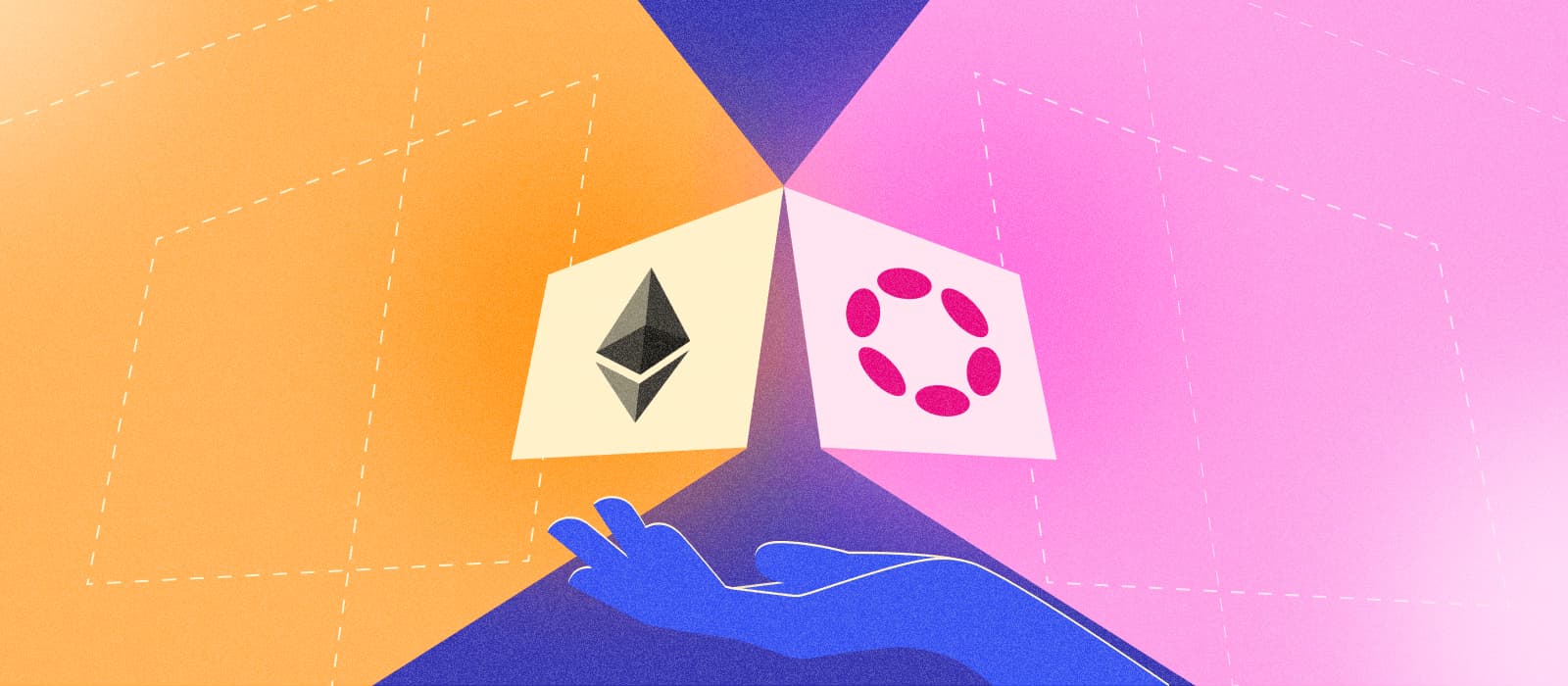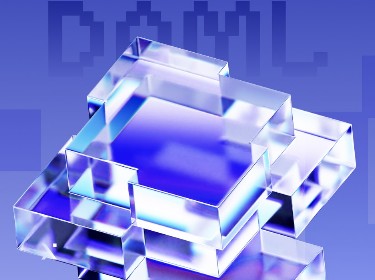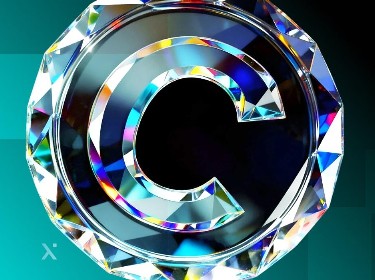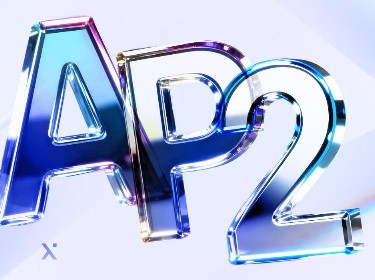The Ethereum 2.0 upgrade promises to tackle blockchain’s most challenging problems. But there’s also Polkadot — a platform with even more ambitious goals. Which of the pair is most likely to grab the attention of the DeFi world?
Polkadot is a project with aspirations. It intends to bring more scalability to the DeFi industry while at the same time enabling multiple blockchains to co-exist and communicate with each other. Scalability has been Ethereum’s Achilles heel, yet the introduction of Ethereum 2.0 may change that.
Despite the criticisms, Ethereum is still considered to be the pre-eminent platform in the DeFi world, with more than 70% of all decentralized applications (dApps) being built on top of it. The question now is whether or not Polkadot can challenge its dominance.
Read on to learn more about the substrate development, differences between Polkadot and Ethereum, and to find out which of them solves the interoperability problem, what other blockchains could potentially overtake Ethereum, and which blockchain you should choose for your project.
A brief note about Ethereum and its transition to Ethereum 2.0
![]()
Ethereum is a decentralized, open-source blockchain network for building decentralized applications. When the network was launched, its smart contracts and dApps were recognised as a revolutionary technology, enabling users to execute complex financial transactions, and Ethereum became one of the most sought-after marketplaces for financial services and apps.
When Vitalik Buterin launched the network back in 2015, he couldn’t have anticipated its massive popularity. However, Ethereum uses a proof-of-work (PoW) consensus model which lacks scalability and can handle only 13 transactions per second. As the platform has more than 1 million transactions per day, the result was highly volatile gas fees.
Steep gas fees are not the only problem faced by Ethereum. Its outdated consensus algorithm consumes 112.15 TWh per year, which is comparable to the power consumption of the Netherlands.
To address these matters, Ethereum is now moving to Ethereum 2.0 – a more efficient consensus model known as proof-of-stake (PoS). Not only will it lead to a more scalable and secure network, but it will also ensure Ethereum consumes 99.95% less energy.
Another important step forward that comes with Ethereum 2.0 is the introduction of sharded multi-chains. With these, the platform will be able to process multiple blocks of transactions instead of validating one block at a time. Ethereum 2.0 will consequently be faster and more efficient.
Ethereum 2.0 is set to go live in summer 2022. The pathway involves 3 major phases:
- Phase 1 – the development of shard chains
- Phase 2 – the introduction of a new virtual machine known as Ethereum-flavored Web Assembly
- Phase 3 – continued improvements
Ethereum’s move towards sharding is especially interesting in that it rather resembles the design of another chain – Polkadot. This is why users are weighing up Polkadot vs Ethereum 2.0.
If you want to find out whether Ethereum is a good fit for your project, you can reach out to our Ethereum dApps development company for expert advice.
What is Polkadot and what are its major goals?
![]()
Polkadot is a smart contract blockchain technology. Using a sharded heterogeneous multi-chain architecture, it aims to connect different blockchains into a single network.
The goals of Polkadot are fairly clear. It is intended to solve the biggest criticisms circling among Ethereum’s community – their platform’s scalability and governance (which refers to the way communities manage protocol upgrades).
Polkadot founder, Gavin Wood, co-founded Ethereum. Frustrated with the slow rate of progress towards Ethereum 2.0, he left Ethereum in 2016 and founded Web3 Foundations and Parity Technologies. These organizations were tasked with developing a new project, which evolved into Polkadot. When discussing the move towards Polkadot, Wood explained:
“Polkadot came about as a desire to radically iterate upon what I’d built before. So yeah. At the time, of course, we knew that Ethereum, the Ethereum that we built, was not going to be the final blockchain, but it’s great to prototype things. It’s great to deliver an MVP as fast as you can.”
So how does Polkadot work?
It uses shards or parachains, which can process transactions in parallel, thus allowing for more transactions per second and solving the scalability problem. On top of this, Polkadot’s protocol is forkless. This means that it doesn’t take a hard fork to add new features and introduce new updates.
From a high-level perspective, Polkadot enables developers to build their own blockchains using their own sets of rules, making it a solid foundation for tailored Polkadot smart contract development services.
Polkadot is growing at an exponential rate. In December 2021, it launched its first set of parachains, such as Acala, Moonbeam, Parallel Finance, Astar, and Clover. In May 2020, it launched the Polkadot’s coin, DOT, which already ranks as the 11th largest cryptocurrency by market cap.
Ethereum 2.0 vs Polkadot: choosing the best solution for your DeFi project
![]()
Both Ethereum 2.0 and Polkadot are promising sharding-based protocols aimed at resolving the notorious scalability issue, a long-recognised challenge for blockchain. Sharding allows both networks to significantly improve their performance without reducing the degree of decentralization.
However, although both platforms apply the concept of sharding, there are some important differences that you should consider before choosing Polkadot or Ethereum for your future product. You need to pay attention to factors such as architecture, consensus model, staking mechanics, sharding, governance, and market capitalization.
Architecture
Ethereum 2.0 has a main chain, called Beacon Chain, and shards, each of which being simply a blockchain with the Ethereum Wasm interface. Ethereum 2.0 will also have so-called side chains, which will be used to interact with chains that are not under the finality protocol of the platform.
Polkadot’s core is Relay Chain, which is responsible for coordinating the platform’s connected parachains. To keep its functionality generalized, the Relay Chain doesn’t support smart contracts. This capability is instead passed to parachains. Each parachain is a blockchain that can independently run its consensus algorithm, tokens, and so on.
Unlike in Ethereum 2.0, parachains are not restricted to a single interface such as Ethereum Wasm. On the contrary, they can define their own logic and interface.
Consensus algorithm
Both Ethereum 2.0 and Polkadot leverage a hybrid consensus model. In this, both block production and finality have their own protocol. However, there are some important differences between the platforms: the time to finality, and the number of validators per shard.
Ethereum 2.0 finalizes batches of blocks based on specific time intervals called epochs. Ethereum’s finality protocol, Casper FFG, finalizes batches of blocks in 6 minutes (12 minutes maximum). In contrast, Polkadot’s finality protocol, GRANDPA, finalizes batches of blocks based on availability, with the estimated time to finality being 12-60 seconds.
Ethereum 2.0 needs a large number of validators per shard if it’s to offer strong validity guarantees. Polkadot overcomes this issue by enabling validators to distribute an erasure coding to all validators in the system. As a result, anyone, and not only the shard’s validators, can reconstruct a parachain’s block and test its validity. This helps Polkadot ensure strong validity guarantees with fewer validators per shard.
Meet Qtum – a solution acting as a bridge to communicate with multiple Virtual Machines, including the Ethereum Virtual Machine
Staking mechanics
Ethereum 2.0 is a proof-of-stake network, which bundles 32 blocks during each round of validation. These bundles are also known as epochs. Validators get rewards once per epoch (approximately in 6.5 minutes). The Beacon Chain randomly groups stakers into committees and assigns them to a particular shard block during the validation process.
To provide validity guarantees, the platform relies on a large validator set. At least 111 validators per shard are needed in order to run the network and 256 validators per shard to finalize all shards within one epoch. To launch the Ethereum 2.0 Beacon Chain, 26,384 validators are needed to stake a minimum of 32 ETH on it.
Polkadot leverages Nominated proof-of-stake (NPoS) to select validators. Its prime goal is to ensure fair representation. Polkadot does this through proportional justified representation, which makes sure that slots are assigned to validators proportional to their nominations.
By using NPoS, Polkadot can select validators from a smaller set. Polkadot requires about 10 validators for each parachain in the network. To create more decentralization, it has also launched a Thousand Validators Programme.
Sharding
When comparing Ethereum vs Polkadot, sharding emerges as the main concept that both platforms have in common, ensuring increased scalability and high transaction throughput. In his Twitter feed, Vitalik Buterin states that sharding will lead to average network throughput of 100,000 TPS. Polkadot transactions per second are approximately 166,666 TPS.
Despite both platforms relying on sharding, there are still some differences in the way they operate. Every shard in Ethereum 2.0 has the same state transition function (STF). It provides an interface for smart contract execution. As a result, contracts on a single shard share asynchronous messages with other shards. Ethereum’s Beacon Chain enables smart contract executions through the Ethereum Wasm interface.
In Polkadot, every shard has an abstract state transition function. Shards in Polkadot can expose a custom interface and none of these shards has to rely on a single interface. Instead, each shard or parachain can individually connect to the Relay Chain, thus providing developers with the flexibility to create their own rules regarding how each shard changes its state.
Polkadot now offers the ability to validate up to 20 shards per block with his number planning to be gradually increased to 100 shards per block. Ethereum 2.0, in turn, will support 64 shards by design.
Need advice on blockchain development? Contact our experienced blockchain developers who will suggest the best solution
Governance
The governance of Ethereum 2.0 is still unresolved. Currently, in order to make a decision the platform applies off-chain government procedures, such as GitHub discussions and All Core Devs calls.
Polkadot applies on-chain governance. There are different ways of issuing the proposal — for example, from the Technical Committee, on-chain Council, or the public. Then, all proposals pass through a public referendum, the outcome of which is controlled by the majority of tokens.
Market capitalization
Ethereum is currently one of the most popular platforms, with the market capitalization being more than $300 million as of writing. A lot of large investors have placed their capital in Ethereum, a sign of how strongly they believe in this chain.
Polkadot’s market cap is slightly more than $20 million as of writing. Although this figure is much lower than Ethereum’s, Polkadot beats many of the much-hyped tokens such as Dogecoin and Polygon.
Is Polkadot the key to the blockchain interoperability problem?
Interoperability is one of the key challenges in the blockchain world, because at the moment multiple platforms are not able to interoperate with one another. But here Polkadot comes to the rescue. The platform aims to connect different chains and make cross-chain transactions as seamless as possible. These are the main principles on which the platform is built.
As for Ethereum, its lack of interoperability is the main shortcoming of the platform. It is difficult to send data from Ethereum to other chains. The problem is unlikely to be solved in the near future, so you should take this into consideration before you choose your platform.
Introduce yourself to Echo – an advanced Layer 2 network that ensures interoperability and easily integrates with existing blockchains
Is Polkadot an Ethereum killer?
Polkadot has established itself as a possible alternative that solves the current scalability problems of Ethereum. The development of Ethereum 2.0 is still in progress, though a 2022 launch is expected. Polkadot’s testnet Kusama, in contrast, is already up and running, with some promising projects like Parallel Finance bringing DeFi to the platform.
Despite both platforms being big rivals in the sharding competition, one thing is clear – Polkadot is at least a couple of years ahead. At the same time, we cannot underestimate Ethereum’s strong community of developers and its vast ecosystem, which is still thriving even despite the scalability and interoperability challenges. Ethereum continues to be the prime platform for dApps development, and Polkadot founders need to make a strong case for why developers should choose their ecosystem.
It is worth noting that many of Ethereum’s competitors are trying to build faster, less polluting blockchains. However, Polkadot is in pursuit of goals that are even more ambitious — it aims to solve the interoperability challenge by turning the platform into an ecosystem where all dApps can work together.
“The parachain model was created with the belief that the future of Web3 will involve many different types of blockchains working together. Just as the current version of the internet caters to different needs, blockchains need to be able to provide a variety of services. Parachains solve this,” said Gavin Wood.
What other blockchains are aiming to overtake Ethereum?
![]()
As things stand there are plenty of blockchains aiming to dislodge Ethereum from the top of the table. One of them is Cardano – a PoS-based platform capable of processing more than 2 million transactions per second thanks to its Hydra Layer. Cardano uses the Extended Unspent Transaction Output accounting model, which simplifies smart contracts and helps developers create dApps with less effort compared to Ethereum.
Although Cardano lost out in an Ethereum vs Cardano comparison, due to its negative smart contracts experience in the wake of their launch, it is still considered to pose strong competition to Ethereum.
Solana is another popular Ethereum rival. Solana’s founders, Anatoly Yakovenko and Greg Fitzgerald, promised that their brainchild would address Ethereum’s shortcomings such as the low transaction speed, high fees, and scalability problems, doing so via a new Proof-of-History (PoH) consensus algorithm. And with Solana’s ability to handle 65,000 tps at an average transaction cost of $0.00025, they managed to keep their word.
Ethereum’s path to Ethereum 2.0 may have an impact on the further rise of Solana in the cryptocurrency world. Even so, given the speed at which the ecosystem is growing, along with the results that its applications are showing, Solana is clearly becoming a tough competitor in the Solana vs Ethereum contest.
Obviously, the list of Ethereum’s rivals cannot be complete without Flow – an innovation of Dapper Labs, the company behind the famous CryptoKitties. It’s a fast, decentralized blockchain delivering improved performance but without compromising decentralization. There are already successful applications built on top of the Flow blockchain such as NBA Top Shot and VIV3, which give some additional kudos to the Flow ecosystem.
Which blockchain should you choose for your project?
So, which platform should you go for? As always, it depends on your goals. The two platforms only partially overlap. Ethereum 2.0, just like its predecessor, aims to be the de facto platform for distributed finance and deploying smart contracts. In contrast, Polkadot envisions helping developers build their own blockchains and integrating these blockchains with each other.
Ethereum’s key strength lies in its large and established community and a whole ecosystem of developer tools, tutorials, and more. The DeFi space is largely built on Ethereum, while Ethereum standards often become the industry standards, just as happened with ERC-20.
Polkadot’s greatest strength lies in its Substrate, a development framework for creating new blockchains. Polkadot provides a large canvas on which developers can experiment. Alongside this, it dramatically decreases the time and budget required to create a new blockchain.
Therefore, if your future application can be expressed simply as a smart contract, or you don’t require control over the underlying economics of your system, or you need interoperability with some other project from the Ethereum ecosystem, then go with Ethereum 2.0.
On the other hand, if you want to have full control of the environment, storage, and economics that your app runs under, and your application needs higher transaction throughput, then Polkadot will satisfy your requirements. It is also a safe choice if you require integration across multiple blockchains.
What does the future hold for both platforms?
Relying on sharding-based protocols, both Ethereum 2.0 and Polkadot are considered to be very promising platforms. Despite the criticism leveled at it, Ethereum continues to dominate the DeFi and smart contracts markets and its grip is unlikely to loosen.
However, bearing in mind the delays in the launch of Ethereum 2.0, it’s possible that Polkadot and other alternative blockchains like Solana or Cardano may now be given the opportunity to capture more of the market share, eventually making inroads into Ethereum’s market dominance.
At the same time, once you realize that the DeFi industry has grown by a factor of 88 in a single year, it becomes pretty clear that the platforms can easily co-exist. So the future of the DeFi world is likely to be built on multiple robust platforms rather than a single dominant blockchain.
Do you need advice on selecting the most suitable platform for your future project? If so, then contact our blockchain consultants. With 11 years of experience in the blockchain industry, we know all the in and outs of the most prominent blockchain platforms and can help you make a winning choice.




